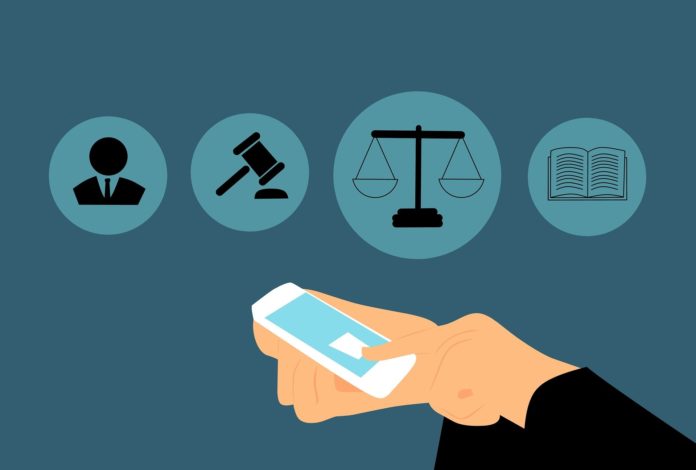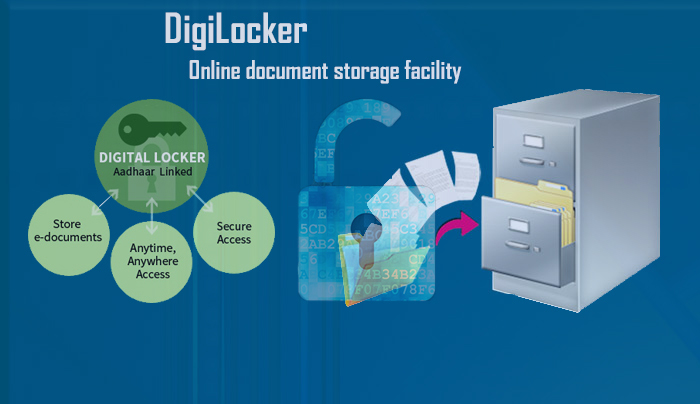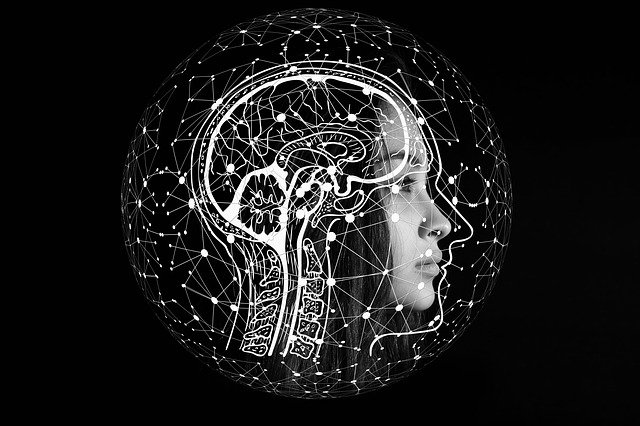Due to the rapid rise of the internet and digitization, Governments all over the world are initiating steps to involve Information and Communication Technology (ICT) in all governmental processes. Several government programs have leveraged ICT on a large scale, with the aim to transform the public governance ecosystem in the country.
Examples of large-scale digital-led successes
- The transformation brought out in direct and indirect tax regime in the country
- Government procurement reforms are driven through Government e-Marketplace
- Roll-out of Pradhan Mantri Jan Aarogya Yojana (Ayushman Bharat)
- Participatory governance enabled through MyGov
Importance of ICT for effective governance
- Information and Communication Technology is a key step towards making the country- “Fit for Future”
- administration becomes a swifter and more transparent process
- ICT can make the whole administrative process efficient, transparent, convenient, fully accountable and responsible
- Improved access to information and better quality of services for citizens
- It would help in bringing the government machinery to the doorsteps of the citizens of the country i.e. to expand the reach of governance
- It would increase citizen participation in governance
- Aadhar, Unified Payments Interface (UPI), Digital Locker, BharatNet, etc
India has to prepare for the next wave of digital governance
- The next wave of digital governance has to align itself with the perspective of digitally empowered the businesses, citizens, and government alike
- India in the near future has to become ‘Digital India’, and a paradigm shift in e-governance approach is also needed
- There is a need for a shift in approach from the traditional ‘department-centric’ view of service-oriented ‘stakeholder-centric’ view driven by their personas i.e. persona-based approach for delivering services
- In other words, there is a need to create the next generation service delivery framework, where the governments across all levels reach out to everyone proactively for delivery of services & benefits, and that too in the local language of his/her choice. Thereby creating an unbroken value chain.
- The data collected from various e-governance initiatives should be used to reduce redundancy in data sought from the citizens and businesses across the value chain, identify the trends, and improve delivery mechanisms for better policy planning.
- India needs a larger framework where the individual’s privacy is respected and data security is ensured.
What is Digital Governance?
Digital Governance is a procedure wherein accountability is established as to who would be responsible for a digital presence, strategy, implementation, site updating, and policy formulation. Few protocols or standards have been clearly stated in the strategic plan.
To help streamline the digital development and also to take out the confusion and chaos in the day to day administration of the government, the digital service methodology has to be properly implemented, so that there would smooth functioning of the government.
Today Narendra Modis’s government is taking the entire nation towards digital transformation for managing the day to day affairs of the government and this is also known as e-governance. With Digital Transformation, one can notice massive changes in the administrative set up in the near future.
Summing up
Presently, India is creating rapid strides in the adoption of emerging concepts such as machine learning (ML), artificial intelligence (AI), blockchain technology, Internet of Things (IoT), cloud computing, drones, microservices, etc, which have a huge potential in transforming the governance. Several initiatives were taken by the government of India to enhance the existing governance mechanisms by leveraging advancements in technology. Such initiatives and efforts are bound to escalate, given the growing challenges in governance and the availability of technology in the country. The need is now to converge these efforts and align them with a futuristic governance framework that has a ‘human-need centric design’.

















hi! I love your writing so much! Having a look forward to look you.
Thank you
Hello There. I discovered your weblog using msn. That is an extremely neatly written article. I will make sure to bookmark it and come back to learn more of your helpful info. Thanks for the post. I’ll certainly return.
Thank you
I really like your writing style, wonderful information, thank you for putting up.
Welcome
Wow! Thank you! I permanently needed to write on my website something like that. Can I include a fragment of your post to my site?
Sure
Thank you for the auspicious write-up. It in fact was an amusement account
it. However, how could we communicate?
Take a look at my blog post :: tracfone special
It’s such as you read my thoughts! You seem to know a lot like
you wrote the e-book in it or something. It’s a fantastic blog. A fantastic read.
I will definitely be back.
my web blog; tracfone coupon